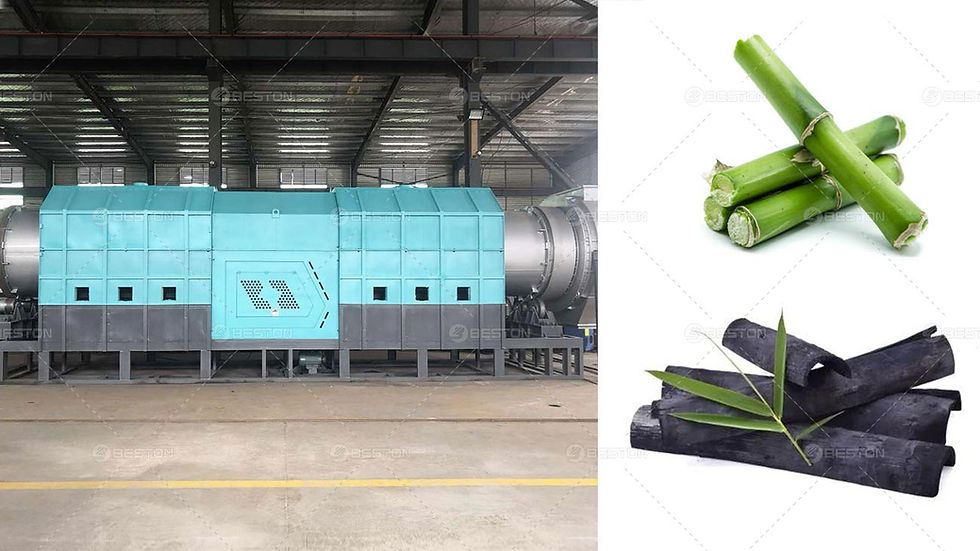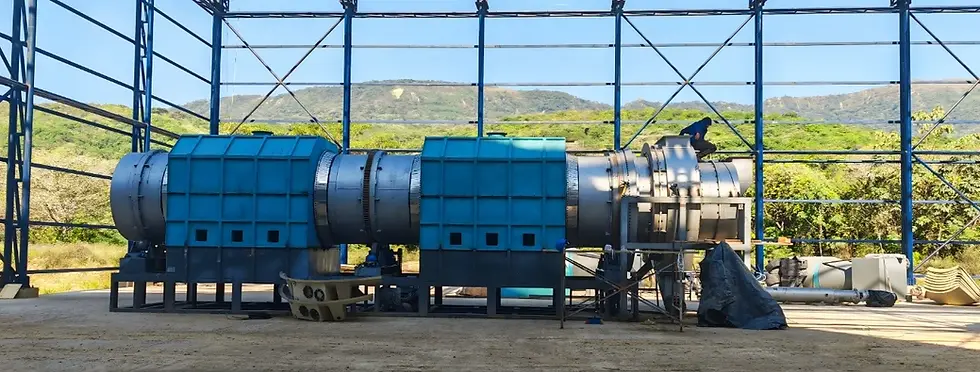Drying Requirements for Bamboo in Biochar Production
- lee784287
- 8月10日
- 讀畢需時 1 分鐘
Bamboo is an excellent raw material for producing biochar due to its high carbon content, rapid growth rate, and sustainable nature. However, before it enters the carbonization process, one crucial step determines both the quality and efficiency of production: drying the bamboo.

Why Drying Matters
Moisture content plays a significant role in the performance of a bamboo charcoal machine. If the bamboo is too wet, more energy is consumed during carbonization just to evaporate water, which lowers the yield and increases costs. Excess moisture can also cause uneven heating, leading to incomplete carbonization and lower-quality biochar.
Optimal Moisture Content
For most bamboo charcoal machine operations, the recommended moisture content is between 8% and 15%. At this level, the bamboo burns evenly and produces stable, high-quality biochar. If the moisture is higher, pre-drying is necessary before feeding it into the machine.
Drying Methods
There are several ways to prepare bamboo for biochar production:
Natural Air Drying – Suitable in dry, sunny climates. Simply stack and store bamboo in a ventilated space for several weeks.
Mechanical Drying – A controlled method using heat and airflow, often integrated into modern bamboo charcoal machine systems.
Practical Tips for Better Results
Cut bamboo into smaller pieces to speed up drying.
Store in a covered, ventilated space to avoid rain reabsorption.
Test moisture content before starting the carbonization process.
Conclusion
The drying stage directly affects biochar quality, energy efficiency, and the lifespan of your bamboo charcoal machine. By ensuring the raw bamboo is properly dried to the recommended moisture levels, producers can maximize yield, reduce energy costs, and produce a superior product.



留言